This extreme stretch can help build hip mobility and address pain in your back, knees and feet
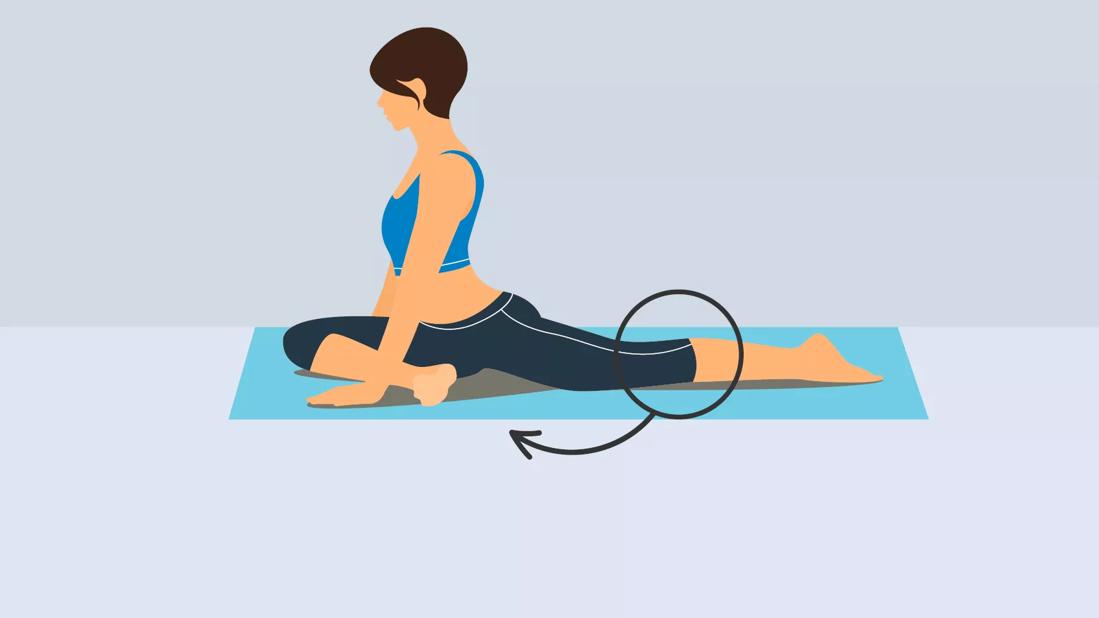
Do you feel like your hips get tighter and less flexible with every birthday? Well, you’re probably right. Research shows that your hips typically rotate a wee bit less every year, chipping away at your range of motion.
Advertisement
Cleveland Clinic is a non-profit academic medical center. Advertising on our site helps support our mission. We do not endorse non-Cleveland Clinic products or services. Policy
That’s not ideal for your hips, obviously, but it’s also setting you up for potential back pain and even aches in your knees, ankles and feet.
So, what can you do to keep your hips loose? Stretching is key — and few stretches can match the effectiveness of the 90/90 hip stretch when it comes to maintaining mobility in these critical joints.
Physical therapist Dawn Lorring, PT, explains how to do the 90/90 stretch and why it can be beneficial for some people.
Since the 90/90 stretch leans toward the extreme when it comes to working your hip joints, it’s not for everyone. The stretch rotates your hips two different ways, creating an external rotation on one hip and an internal rotation on the other.
An external rotation is a somewhat common movement. It’s what happens when you twist your foot toward the center of your body. (Think of sitting cross-legged, with the ankle from one leg resting on the opposite leg’s thigh.)
Doing an internal rotation, however, doesn’t feel as natural — largely because it’s not done as much in day-to-day activities. In an internal hip rotation, your foot moves away from your body. This movement can be problematic for those with a hip impingement.
Focusing on external and internal hip rotation works a network of muscles that cover the full range of motion in your hips. “It’s really about mobility,” notes Lorring. “It’s about allowing those muscles to relax and try to lengthen.”
Advertisement
The name of the stretch also amounts to an abbreviated guide as to how you’ll sit, with both knees at 90-degree angles. Here’s a step-by-step breakdown:
Start by sitting on the floor, ideally after warming up your muscles. (“You don’t want to do a stretch like this before readying those muscles,” advises Lorring.) Then let’s begin with your right leg.
Now for your left leg.
With both legs in the proper position, let’s focus on your torso.
And with that, you’re set. “It might not sound like much, but it’s more than enough of a stretch for most people,” notes Lorring.
Hold this pose for 20 to 60 seconds then repeat with your right and left legs changing positions.
While in the 90/90 hip stretch, your front- and back-positioned legs target different muscles.
The outstretched front leg primarily works the back of your hip, or the buttock area, says Lorring. Target muscles include your:
Your back leg focuses primarily on your:
In today’s world, it’s commonplace to spend long hours sitting at a desk. That leaves your front hip muscles in a shortened position for much of the day, which can lead to stiffness within your joint.
“When those muscles aren’t getting stretched and moved around, they tighten up,” says Lorring. “That can put stress on your back and lead to problems down your legs in your knees and ankles.”
Advertisement
But when you stretch and lengthen those hip muscles, that tension eases up and makes it easier to move.
Settling into the 90/90 stretch may be difficult. If so, consider these modifications.
At a more advanced level, some may add a forward torso tilt into the stretch. The key with that move is to fold at your hip joint while keeping your back straight, as if taking a bow. Avoid rounding your spine.
Given the aggressiveness of the 90/90 hip stretch, it’s not recommended for anyone who’s dealing with a hip impingement or has had a hip or knee replacement. People with knee issues — including a meniscus tear or arthritis — also may want to find other stretches that can bring similar benefits with less strain.
“And if you’re having pain or a pinching feeling during the stretch or discomfort that lingers afterward, stop doing the stretch and seek out some advice,” cautions Lorring. “Don’t be discouraged, though. This is an aggressive stretch, and there are other options.”
Advertisement
Learn more about our editorial process.
Advertisement

Having a partner help you stretch can prevent injury and lead to an increased range of motion
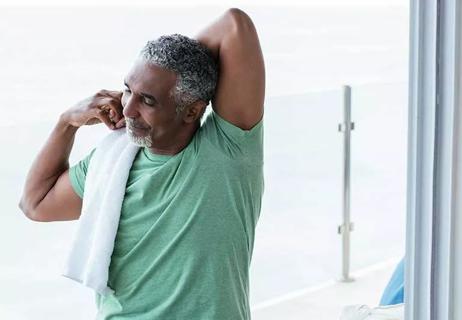
Simply contracting certain muscles provides a good stretch to other areas of your body
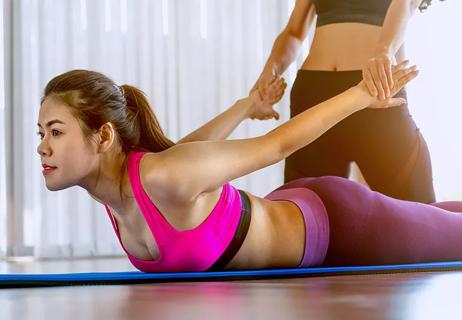
Relax into this form of stretching while a prop or partner assists you

Reduce pain and stiffness by stretching your body throughout the day
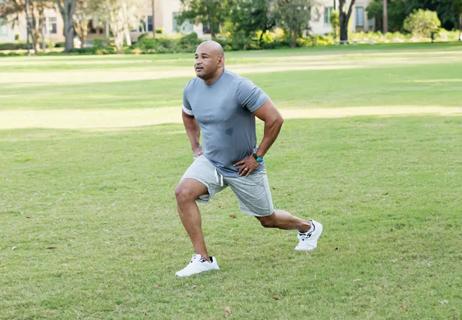
Learn the best ways to combine the two techniques for best results
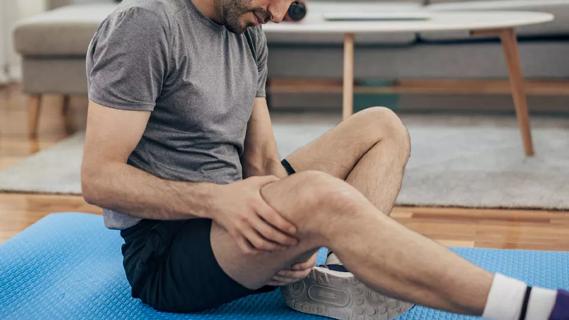
Stretching, heating pads and massage guns can provide quick relief
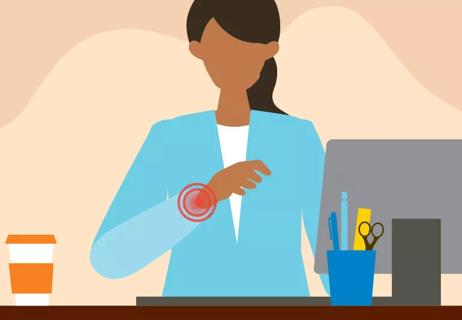
Wrist flexor and extensor stretches are the best stretches for wrist pain

When your lower back locks up, walking and stretching are key

Type 2 diabetes isn’t inevitable with these dietary changes

Applying a hot or cold compress can help with pain